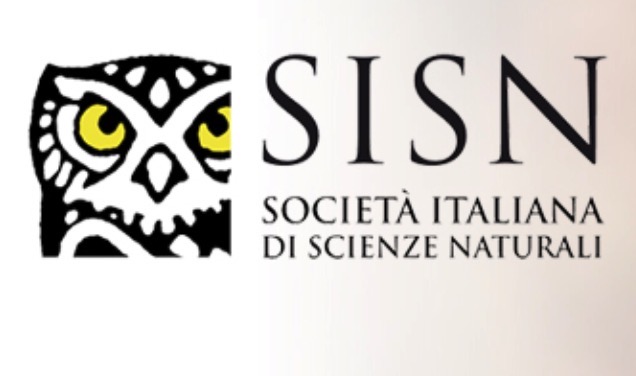First estimates of Common Sandpiper Actitis hypoleucos and Ruddy Turnstone Arenaria interpres wintering along the coast of Trapani (Sicily, Italy)

All claims expressed in this article are solely those of the authors and do not necessarily represent those of their affiliated organizations, or those of the publisher, the editors and the reviewers. Any product that may be evaluated in this article or claim that may be made by its manufacturer is not guaranteed or endorsed by the publisher.
Authors
A census was carried out using the method of transects along stretches of coast of the Province of Trapani in order to estimate the wintering population of Common Sandpiper and Ruddy Turnstone. Although the International Waterbird Census (IWC) provides accurate estimation of wintering waders in Italy, the number of wintering individuals of Common Sandpiper Actitis hypoleucos and Ruddy Turnstone Arenaria interpres are strongly underestimated. The reason for this underestimation lies in the type of habitat they are used to populate along with the solitary life habits of the Common Sandpiper. To address this issue, we inspected 46.9 km of coastline where we recorded to 92 Ruddy Turnstones and 56 Common Sandpipers. For both species, the sites (coast) where bird-sightings occurred were marked with georeferenced data and classified as harbour area, sandy, rocky (including vermetid reefs) and posidonia banquettes. For each species, the IKA (Index of Abundance per Kilometer) was calculated, both global index and relative to each type of coast. As for the Common Sandpiper we observed 87 individuals, between transects and spot observations in the province of Trapani, which is the 22% of the whole wintering population estimated in Italy. Notably, even greater is the importance of our observations of the Ruddy Turnstone, which accounting for up to 154 individuals corresponds to the 71% of the whole Italian wintering population. Projection of these data to the entire Italian coast allows estimating a wintering population in Italy much larger than that reported so far, especially for the Common Sandpiper, which uses not only the sea cost but also inland wetlands and rivers as suitable wintering habitats for wintering.
How to Cite

This work is licensed under a Creative Commons Attribution-NonCommercial 4.0 International License.
PAGEPress has chosen to apply the Creative Commons Attribution NonCommercial 4.0 International License (CC BY-NC 4.0) to all manuscripts to be published.







